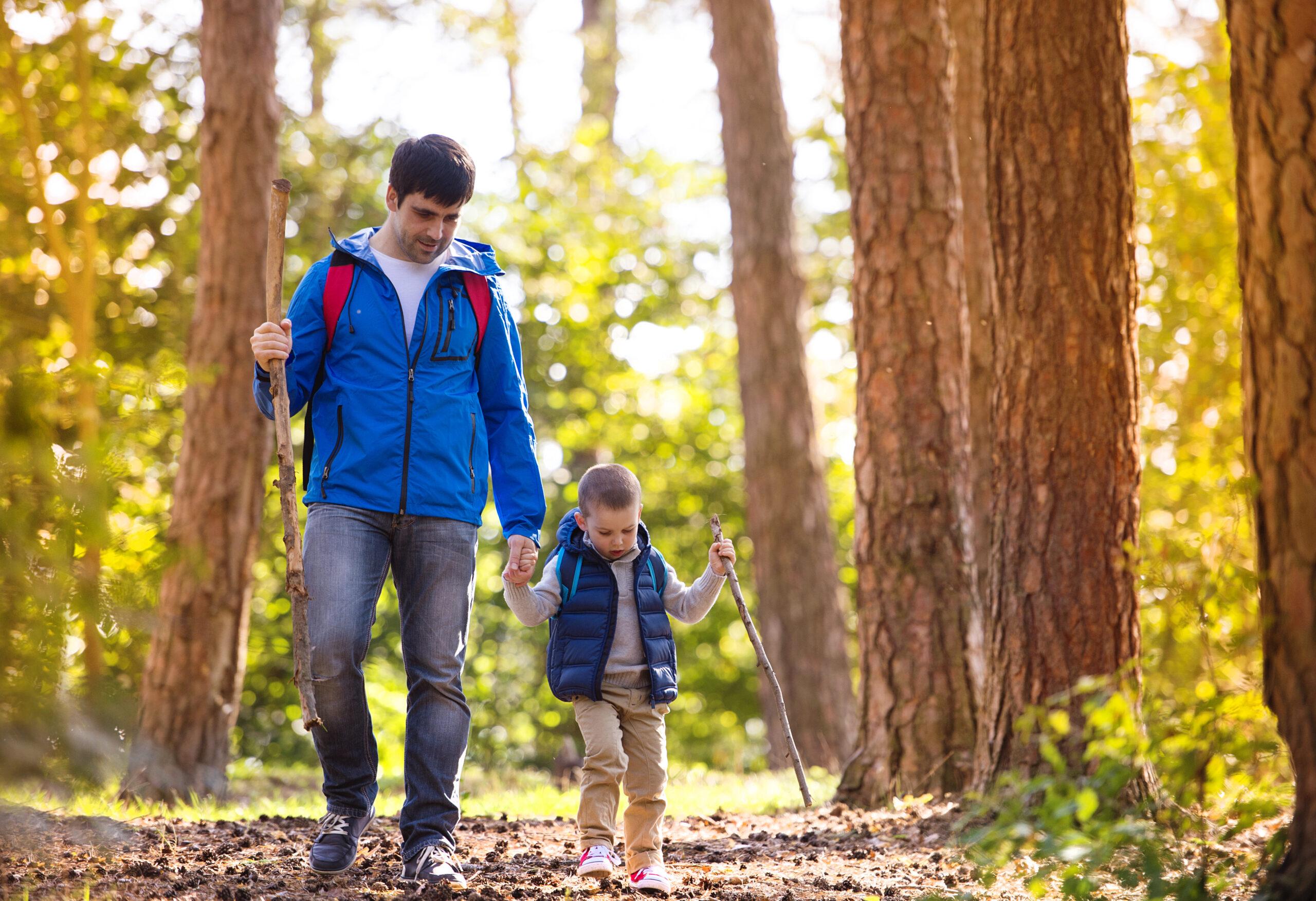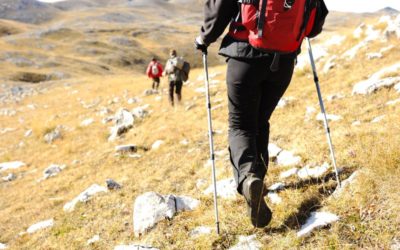Hiking is an excellent way to explore the great outdoors, get some exercise and fresh air. However, it’s essential to take necessary precautions to ensure your safety while hiking in natural landscapes. In this blog post, we will discuss everything you need to know about staying safe on hiking trails.
Introduction to Hiking Safety
The first step towards having a safe hike is planning ahead. Research the trail you plan to hike, check weather conditions, and pack appropriate gear. It’s also crucial to let someone know where you’re going and when you expect to return. Always carry a map, compass or GPS device to help you navigate the trail.
Choosing the Right Trail for Your Skill Level
Not all hiking trails are created equal. Choose a trail that suits your skill level and fitness level. If you’re new to hiking, start with easy trails and work your way up gradually. Consider factors like elevation gain, terrain, and distance before choosing a trail.
Essential Gear for a Safe Hike
Packing the right gear can make a significant difference between enjoying your hike and being miserable. Some of the essential items include sturdy shoes or boots, sun protection, insect repellent, water bottles, snacks, and a first aid kit. Depending on the length of your hike, consider carrying extra clothes, food, and water. Above all, wear comfortable clothing that allows freedom of movement.
Staying Hydrated and Nourished on the Trail
Dehydration and malnutrition are common causes of fatigue and injury on hikes. Drink plenty of fluids before, during, and after your hike. Carry enough water to last throughout your trip, and don’t forget to replenish electrolytes lost through sweat. Eating small meals or snacks along the way helps maintain energy levels. Pack lightweight, non-perishable snacks such as nuts, dried fruits, or granola bars.
First Aid Tips for Common Hiking Injuries
Blisters, sprains, strains, and cuts are among the most common injuries encountered on hiking trips. Be prepared by carrying a well-stocked first aid kit that includes bandages, antiseptic wipes, pain relievers, and any medications you may require. Know how to recognize symptoms of heat exhaustion, hypothermia, and altitude sickness. Seek medical attention if needed.

Conclusion

In summary, hiking can be a fun and rewarding experience if done safely. Plan ahead, choose the right trail, pack appropriate gear, stay hydrated and nourished, and be prepared for emergencies. By following these tips, you can enjoy your time exploring nature without worrying about accidents or injuries. Happy hiking!



